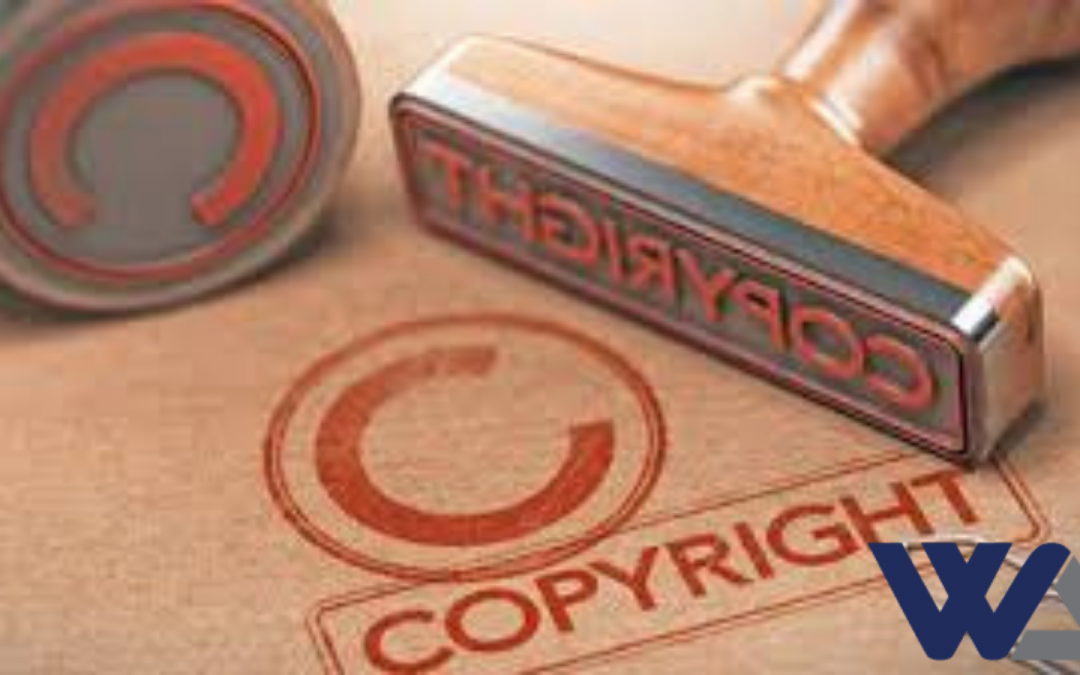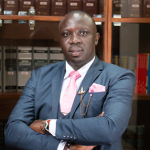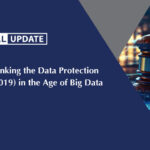As with all other areas of law, intellectual property rights came along so as to protect an individual’s intangible creation and innovation of the mind. Nick Harckaway, author of the Blind Giant, expressed his idea of intellectual property in the following words:
“Intellectual property, more than ever, is a line drawn around information, which asserts that despite having been set loose in the world – and having, inevitably, been created out of an individual’s relationship with the world – that information retains some connection with its author that allows that person some control over how it is replicated and used.”
It can then be noted that a major reason for intellectual property rights is for it to enable the author to retain control over how it is used and replicated. To narrow down the subject, intellectual property manifests itself in the following forms: i) Copyright, ii) Patents, iii) Trademarks and iv) Trade secrets. This paper however will focus on copyright law and attempt to answer the following questions:
- What is copyright?
- What works are created by copyright?
- At what stage does copyright accrue?
- How does the law deal with works created in the course of employment?
- What is copyright infringement and what redress is there in law?
- What Is Copyright?
The Copyright Act No. 12 of 2001 is the main statute that deals with copyright issues in the country. It defines copyright under section 2 as a set of exclusive rights granted by law to original authors of literary, musical, artistic and audio-visual works. An author in simple terms refers to the individual who created the work.
An author is entitled to various rights over his work and these include amongst others; i) the right to copy their work, ii) the right to distribute copies of their work to the public, iii)the right to publicly perform their work and the right to publicly display their work. If an individual without the consent of the author either distributes, copies, publicly performs or carries out any activity which violates an author’s exclusive right, the same will amount to copyright infringement.
However, it is prudent to note that not all use of copyrighted work will amount to an infringement. For instance, if person A reads person B’s article and book at his home or library, the same will not amount to copyright infringement. However, if all of a sudden A starts to read the book loudly before an audience the same can be construed as public performance hence amounting to an infringement. In addition, infringement will also arise if A copies and begins to distribute copies of the book.
- What Works Are Protected by Copyright?
Under Section 2 of the Copyright Act artistic work by authors are afforded copyright protection. This means that any work classified as artistic pursuant to section 2 of the act is protected work. These include; literature, book publications, articles, music, art, motion pictures, television shows, architectural works, computer programs and much more.
However, it is prudent to note that protection is only afforded to work that is ‘original’. The question that would then arises would be what is meant by the term ‘original’? In the case of Oxford University Press (E.A) Limited V Longhorn Publishers (K) Limited & 4 Others [2010] eKLR the High Court of Kenya while relying in the case of Ladbroke Limited vs. William Hill, Limited as per Lord Reid [1964] 1 ALL E.R. defined the term original as an exhibition of at least a modicum of creativity. It held as follows:
“The word ‘original’ does not in this connexion means that the work must be the expression of original or inventive thought. Copyright Acts are not concerned with the originality of ideas, but with the expression of thought, and, in the case of ‘literary work’, with the expression of thought in print or writing. The originality which is required relates to the expression of the thought. But the act does not require that the expression must be in an original or novel form, but that the work must not be copied from another work – that it should originate from the author.”
In summary, the Court held that the work doesn’t need to be new, it suffices to show that the work has not been copied from another work and that it originated from the author. A piece of work will be deemed original if it is as a result of independent creative effort.
- At What Stage Does Copyright Accrue?
Section 22(5) of the Copyright Act provides that works become protected automatically once the author puts the ideas in a tangible form of expression. Non-registration of a piece of work does not bar a claim from an author. The section states verbatim that:
“Rights protected by copyright shall accrue to the author automatically on affixation of a work subject to copyright in a material form, and non-registration of any copyright work or absence of either formalities shall not bar any claim from the author.”
It is prudent to note that mere formulation of words in the head will not be protected by copyright until the author affixes the words in tangible form for example typing down those words, writing them on a piece of paper or putting the work down in a form which can be discerned.
- How Does the Law Deal with Works Created in The Course of Employment?
Section 31 of the Copyright Act provides that copyright conferred by sections 23 and 24 shall vest initially in the author however, the copyright shall be deemed to have been transferred to the person who commissioned the work or the author’s employer where the work is made in the course of the author’s employment under a contract of service.
The Court of Appeal of Kenya in the case of Mount Kenya Sundries Ltd V Macmillan Kenya (Publishers) Ltd [2016] eKLR stated as follows:
An author may produce copyright material in the course of his/her employment or may produce such material under the control or direction of an organization. In that event, it is the employer or organization which owns the copyright in the material so produced.
In the US Supreme Court Case of Community for Creative Non-Violence v. Reid, 490 U.S. 730 (U.S. : Supreme Court, 1989) Justice Marshall stated that if the work is for hire, “the employer or other person for whom the work was prepared is considered the author” and owns the copyright, unless there is a written agreement to the contrary…”
Further to the above in assessing if the work was for hire the Courts will look at factors such as the employer’s control on the manner and means by which the work is created. The Courts will also look at the skill that is required together with the source of tools and instrumentalities used for the work.
- What is Copyright Infringement and What Redress is there in Law?
Section 35 of the Copyright Act provides that infringement will occur where a person without the consent or license of the owner does or causes to be done any act which is controlled or prevented by copyright. In addition to that, infringement will also occur where an individual imports for reasons other than for his domestic use, an article which he knows to be an infringing copy.
The case of Mount Kenya Sundries Limited vs. Macmillan Kenya (Publishers) Limited (2016) EKLR while quoting the case R.G Anand vs. M/S Delux Films & Ors (1978) A 1 R 1613, (1979) SCR (1) 218 (1978) SCC (4) 118 held that the infringement of a copyright is not necessarily infringement of the exact or verbatim copy of the original but the resemblance with the original is in a large measure hence making it sufficient to indicate infringement.
It is also important to show that copying of the protected material is substantive and not trivial. In the case of Ringgold vs. Black Entertainment Television, Inc., 126 F.3d 70, 77 (2D CIR. 1997) the Court held that that the copying of the protected material was so trivial “as to fall below the quantitative threshold of substantial similarity, which is always a required element of actionable copying.”
The Court of Appeal of Kenya in the case of Nairobi Map Services Limited vs. Airtel Networking Kenya Limited & 2 Others [2019] eKLR while citing the Indian case of S.K. Dutt vs. Law Book Co. & Ors A.I.R. 1954 All. 570 Affirmed that to sustain a claim for infringement of a man’s copyright, there must be a substantial infringement of the work and a mere fair dealing with any work falls outside the mischief of the Copyright Act.
The remedy for an author who has his copyrighted material infringed is through the institution of Court action to claim for compensation and or other remedies such as injunctions. One can also pursue other Alternative Dispute Resolution methods.
This article is provided free of charge for information purposes only; it does not constitute legal advice and should not be relied on as such. No responsibility for the accuracy and/or correctness of the information and commentary as set out in the article should be held without seeking specific legal advice on the subject matter. If you have any query regarding the same, please do not hesitate to contact Caxstone Phelix Kigata vide Caxstone@wamaeallen.com
About the author
Caxstone specializes in civil, employment and labour disputes, constitutional law, family law and succession, and environment and land matters. He has amassed a wealth of knowledge and experience in litigation which is evident in the successes obtained for clients. He is an active member of the Employment and Labour Relations Court Bar-Bench committee.











